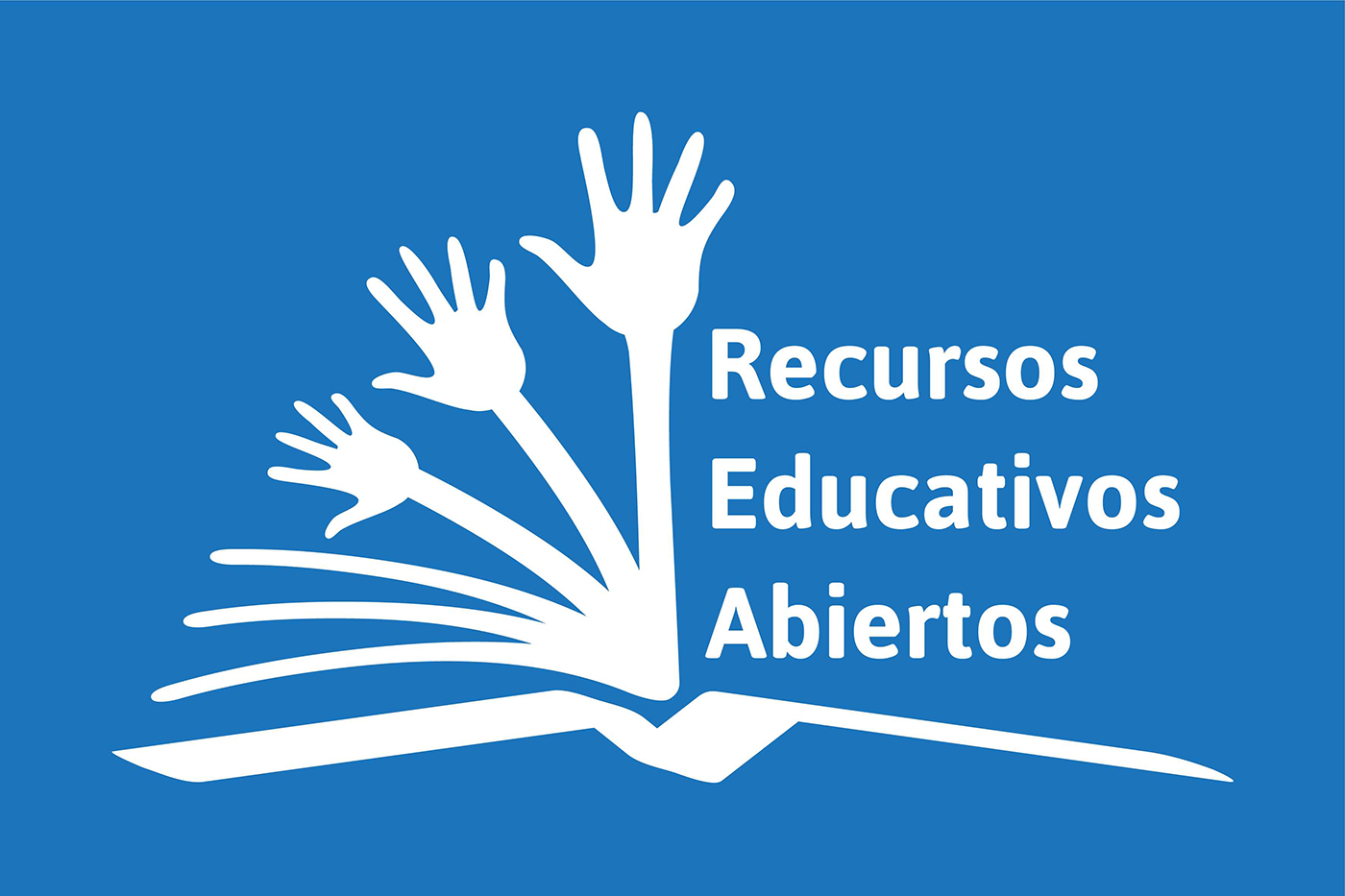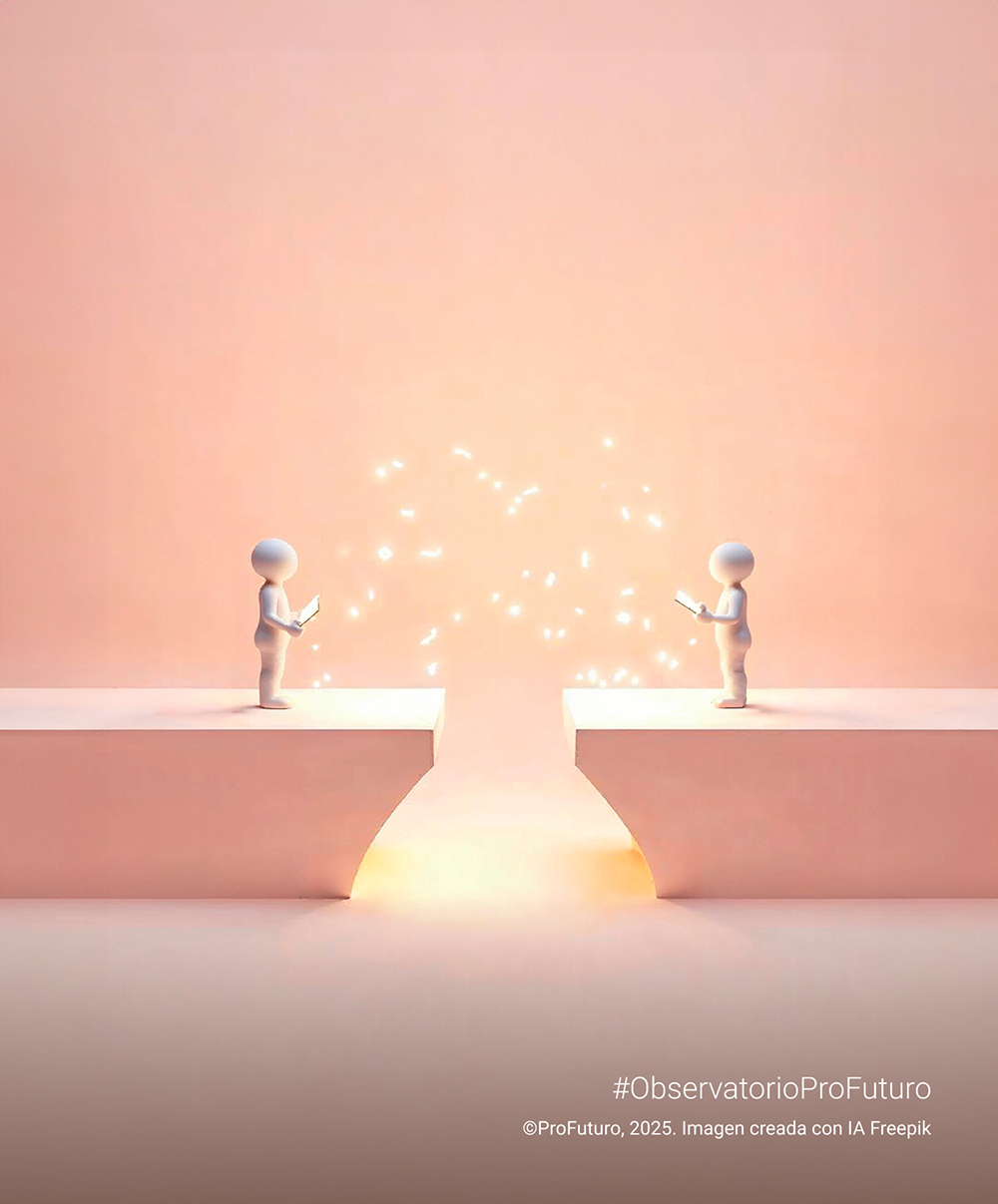Do you know what Open Digital Resources are? Have you ever used them? Do you know where to find and how to produce them? In a talk with the Telefónica Foundation – Movistar Colombia, Esteban Venegas, Director of the Observatory of the Institute for the Future of Education of the Technological Institute of Monterrey, and Mila Tonarelli Gonçalves, the Innovation and Product Manager at the ProFuturo Foundation, tell us what Open Educational Resources are and give us some of the keys to understanding and using these powerful learning tools.
Let’s imagine that a teacher wants to teach their 8-year-old pupils about how women lived during the Roman Empire. Or you need some fun ideas to work on your students’ literacy skills. Perhaps a 12-year-student may be grappling to understand the relationship between maths and music for one of their projects. In these cases, OERs (Open Educational Resources) can help them.
To find out exactly what they are, how to make the most of them, and even how to produce your own resources, open your eyes and listen. In the following lines we will outline some details about OERs, and we offer you the Telefónica Foundation – Movistar Colombia educational podcast, in which two experts explain everything you need to know about them.
According to UNESCO, OERs are teaching, learning or research materials that are in the public domain or published under intellectual property licences that facilitate their free use, adaptation and distribution. They aren’t a new concept. In fact, they came into being almost 20 years ago, although it is true that in the last five years (and especially in the wake of the pandemic), they have become increasingly more important due to their advantages in terms of accessibility (they expand access to learning), adaptability (they can be changed to adapt them to a given context) and their cost (they are free), among other things.
“They are a fundamental part of the innovation of learning and teaching that can be given through ICTs, because they form the content, the message that we want to distribute”, says Mila Gonçalves, who also explains in the podcast the characteristics that an educational virtual content must have in order to be successful among teachers and students. It is also important that these users go one step further and that they are encouraged to create educational content themselves and share it with the community. Going from consumers to producers.
OERs are one of the many things that have come with the pandemic and are now here to stay. However, as Esteban Venegas warns, “you have to be very attentive to the quality and relevance of the information contained in these resources because not all the OERs have been created in the same way. A lot of the content we find on the internet can be irrelevant, outdated, etc. So, we have to be very aware of this and really use our critical thinking.”
In this regard, platforms which select, collect and collate these resources, which are already catalogued and evaluated by experts, and offer a complete learning experience, are very useful. This is the case, for example, of the ProFuturo Resources, which provide a reference facility with more than 7,000 ready-to-use, virtual-learning objects divided into subject, age, etc.
OERs are a fundamental tool in the objective of improving educational opportunities for vulnerable children through digital education. It facilitates access to quality learning materials for everyone and is also a trigger for creativity that can have great multiplying effects. However, much work remains to be done. This is why it is necessary to reflect on them, make them known and promote their production and use in all fields: civil society, international organisations and public and private institutions.
Access this and other educational podcasts from Telefónica Foundation – Movistar Colombia. here.







